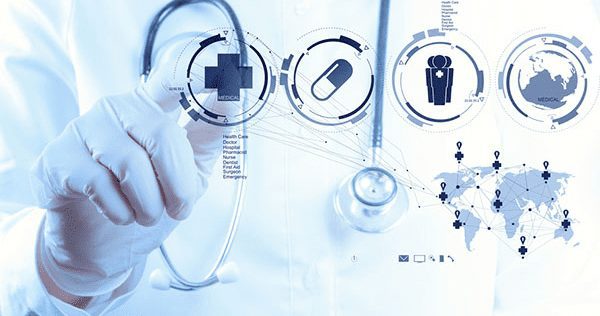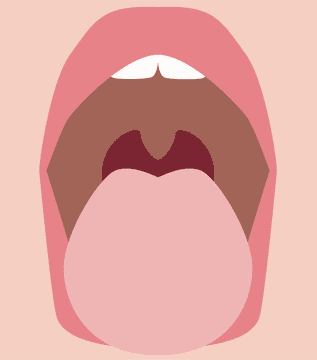This post was previously on the Pathfinder Software site. Pathfinder Software changed its name to Orthogonal in 2016. Read more.

In many ways, the story of the new healthcare industry or Health 2.0 is the story of the development of medical devices and apps driven by software. Today’s medical devices are increasingly driven by software, which allows them to do things that were not possible two decades ago. Software has changed the face of the healthcare industry so fundamentally that patients and caregivers no longer have to rely on the doctor for every minor incident.
The digital revolution has given rise to a diverse range of fast and powerful software driven healthcare technologies. Smartphone, mobile apps, desktop applications and other wireless devices provide the ability to monitor, analyze report and share information in real time pertaining to every part of our body regardless of where we are. Wireless wearable and implantable sensors allow us to continuously and remotely monitor vital information such as a heartbeat, blood pressure, hydration, and glucose levels.
The development of miniaturized electronic circuits, microprocessors and memory cards has made it possible to build smaller but powerful medical devices that can be carried in the pocket. This allows patients with chronic diseases/conditions to self-monitor their health at all times and transmit the data in real time to their doctor or hospital. The ability to self-monitor has enabled such patients to stay healthy and prolong their lives.
Mobile, cloud computing, and in many cases sensors are providing the infrastructure for devices and apps to be connected to one another; thereby making it possible to securely transmit information to anywhere in the world regardless of time and geography. Cloud computing allows us to store data securely on the internet and access them from anywhere at any time. Social networking like Facebook and Twitter but more so newer more private social networks like PatientsLikeMe allow patients, family, friends and caregivers to communicate with one another to share the information thus obtained. These abilities allow patients, doctors and caregivers to work together to arrive at the correct diagnosis and determine the right treatment method.
Another major contribution of digital technologies to healthcare is “precision medicine”, which is the application of systems biology and panomic analysis to analyze the cause of an individual’s disease at the molecular level and then use (a combination of) targeted treatments tailored to the individual’s specific needs. This wouldn’t have been possible without the development of powerful software to drive the devices and applications.
An example of precision medicine is genetic testing. Digital devices and apps have made it possible to analyze and interpret genetic data in ways that were not possible only a few years ago. Personal genetic testing reports are now directly available to patients and their doctors so that they can make lifestyle changes to reduce risk of certain diseases and optimize their health. This kind of ability has empowered us to be the main players in our health.
Software driven technologies have brought about a paradigm shift in the way people view healthcare. Today, healthcare is not just about healing the sick; it is also about prevention of diseases/conditions and ways to live a healthier and longer life. More importantly, these technologies have helped healthcare move from hospital-centric patient care to patient-centric patient care where the needs and wants of the individual patients determine the treatment model.
Some of the key elements of digital healthcare are electronic health records (EHRs), business intelligence (BI), mobility and analytic tools. Electronic Health Record (EHR) is the systematic collection of electronic data pertaining to the health of an individual patient or a population for the purpose of sharing across various healthcare settings. Business intelligence (BI) is the set of theories, methodologies, architectures and technologies that transform raw data into meaningful and useful information. Analytic tools help us to analyze the data for the purpose of diagnosis and treatment. Mobility is the ability to transmit and share the information.
An example of how software driven technologies can fundamentally change the healthcare landscape is the Watson healthcare technology that IBM and Wellpoint have been working on. Watson is the supercomputer that famously beat human contestants in a game show called Jeopardy. The technology is in effect an expert system with natural language processing capabilities and the ability to analyze questions in real time.
In the belief that Watson’s expert system can be modified to be applied in healthcare for clinical decision-making, Wellpoint is in the process of developing a system designed to assist in improving patient care though the delivery of up-to-date, evidence-based information in real time. Wellpoint’s system will run on the base Watson healthcare technology that is being developed by IBM.
This is just one example of how software has become the driver behind the healthcare industry. There are thousands of medical devices and apps that owe their existence to software technology and they are rapidly and fundamentally changing the healthcare landscape.




